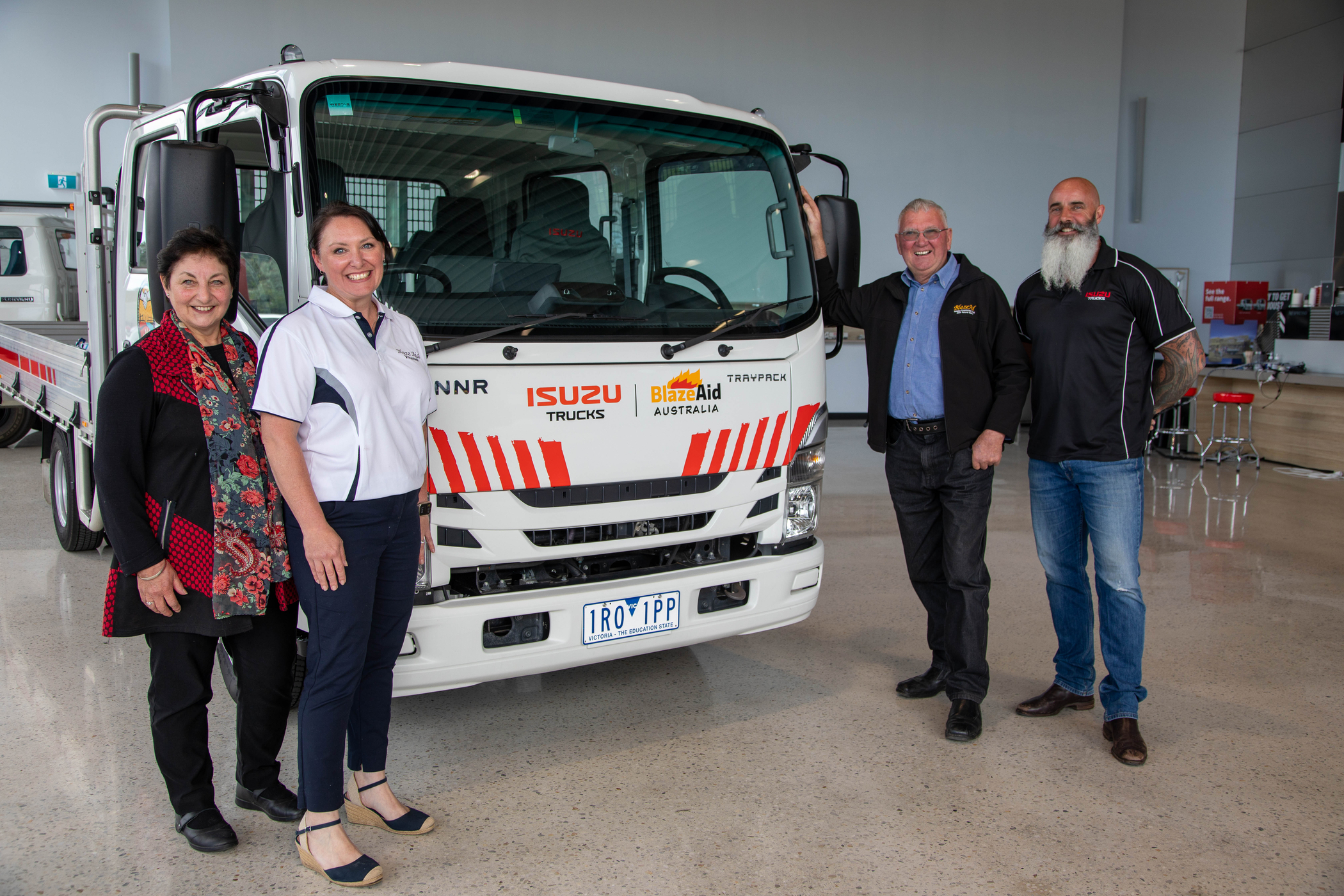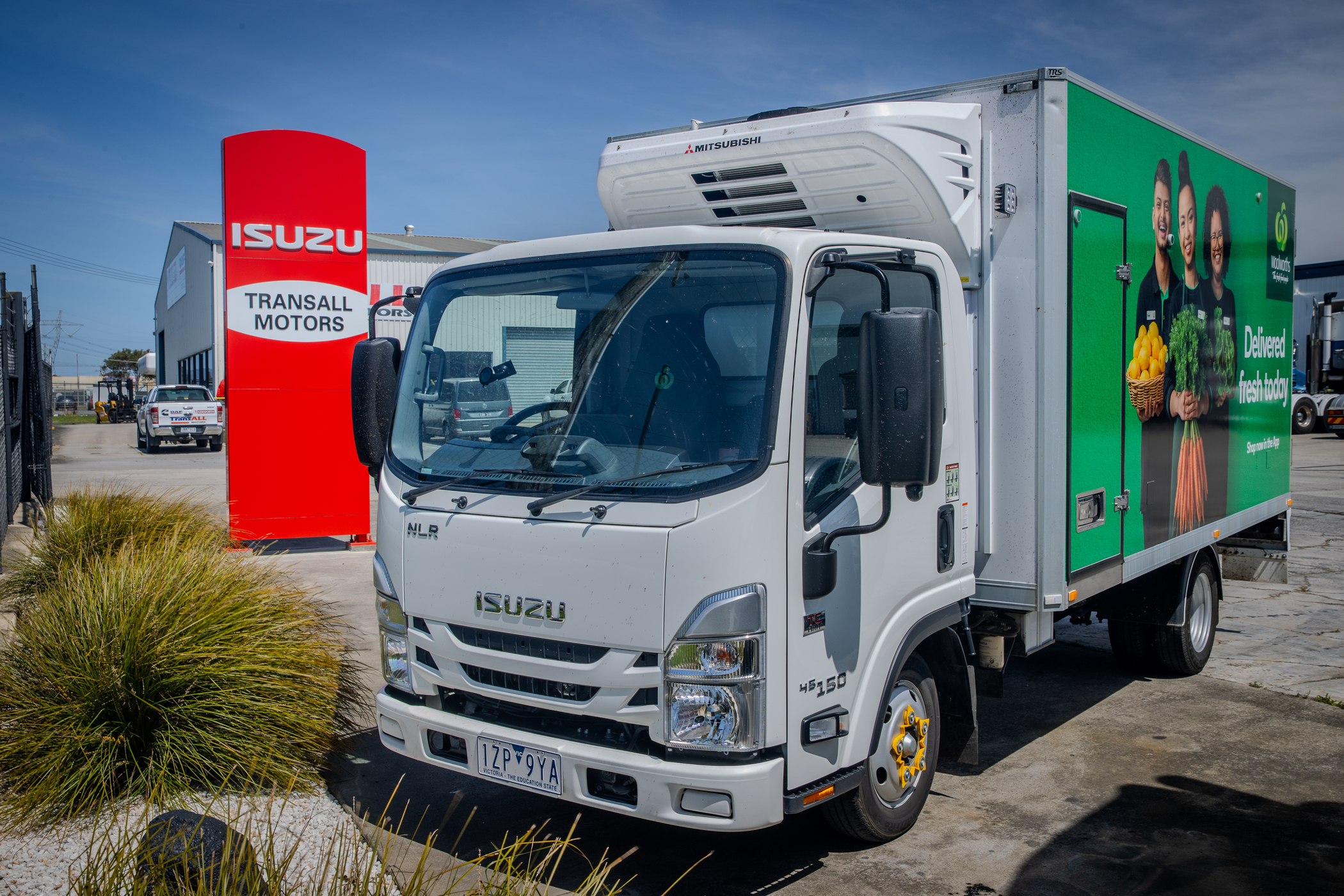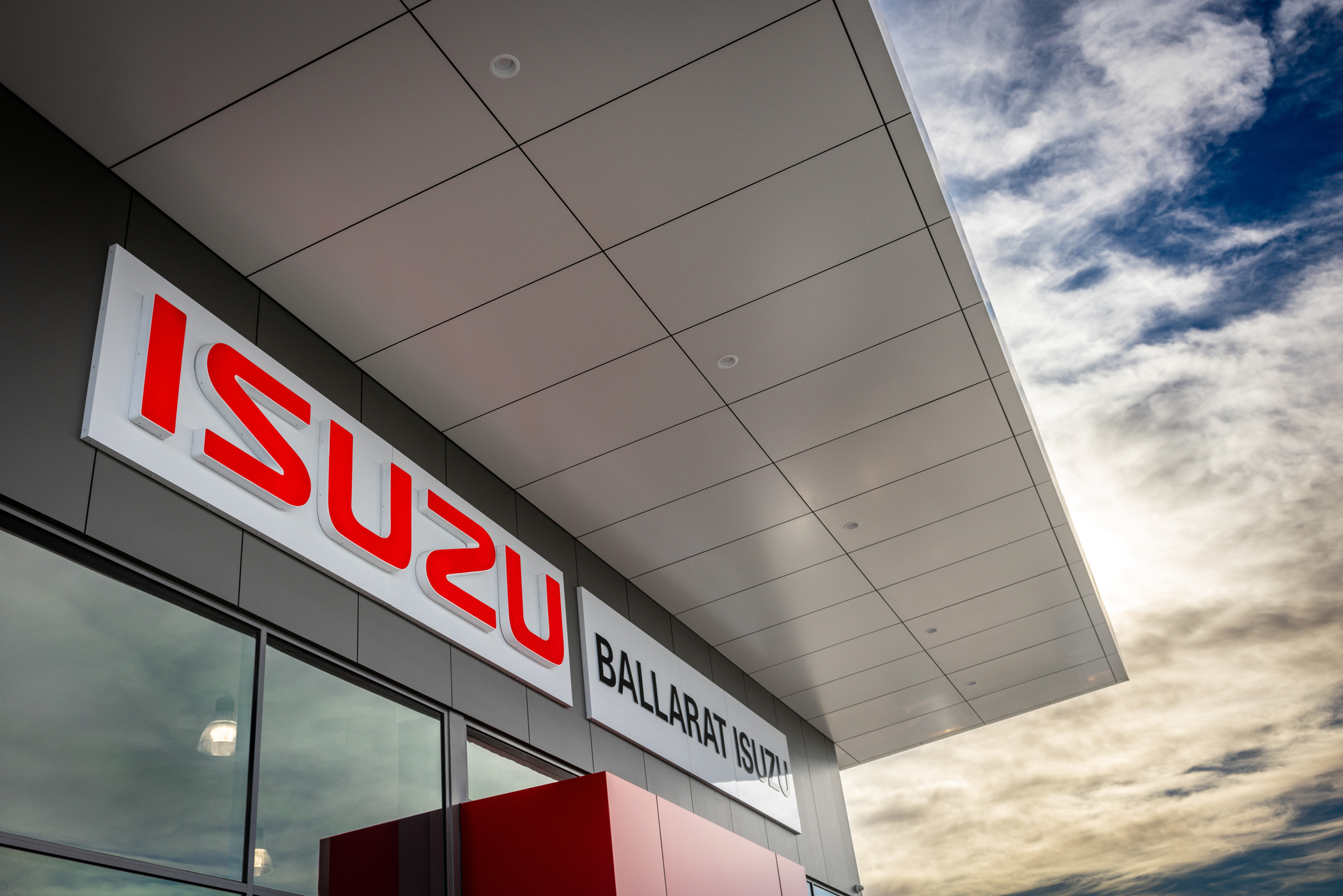Smart EOFY small business advice
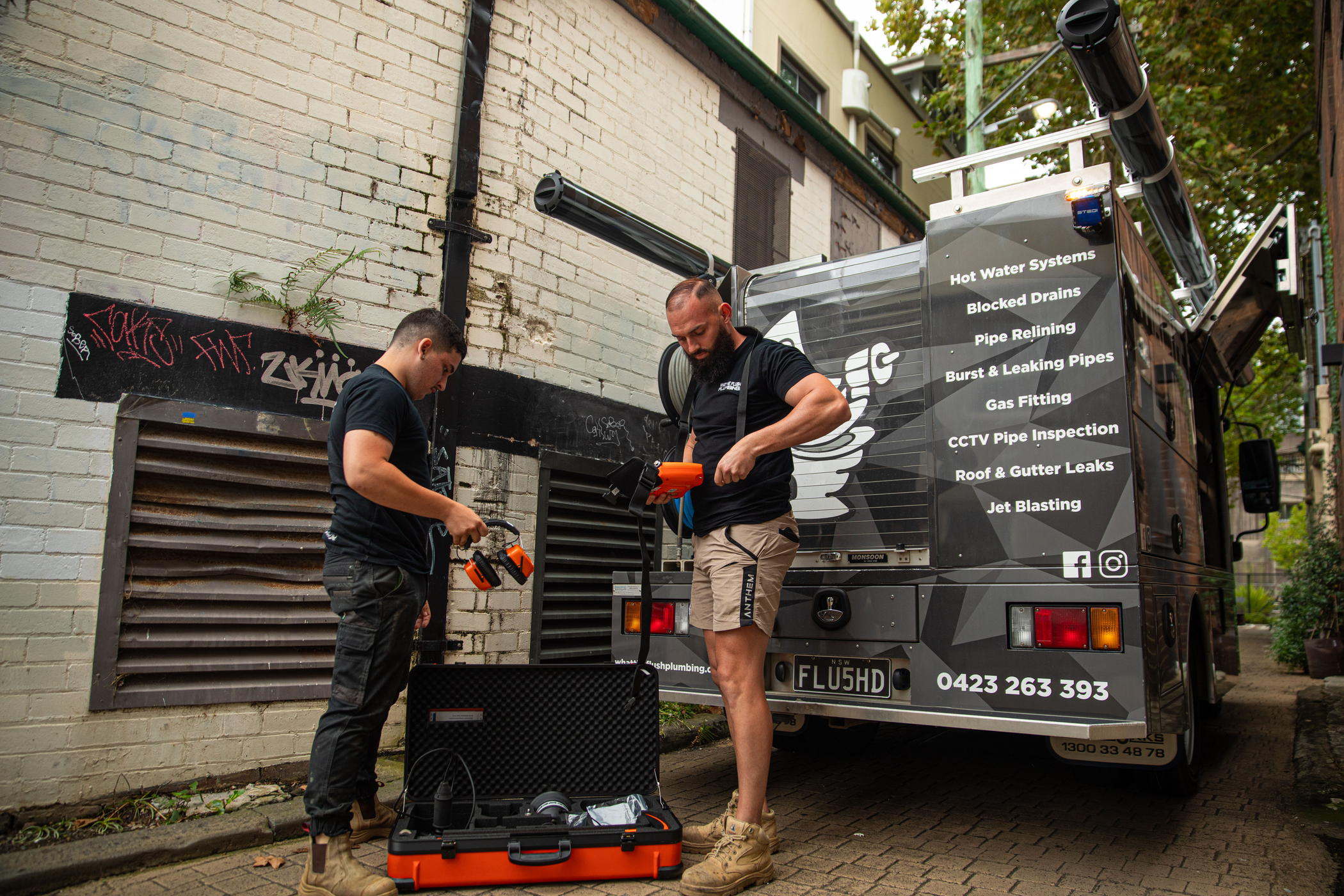
With the 2024 financial year fast coming to a close, it pays to have an informed approach to business investment, available government programs, and incentives.
To unpack this further, we caught up with tax expert and Partner at Melbourne advisory firm, Trident Financial Group, Mr Haydn Stewart, for the latest advice on three key areas:
- Government incentive programs for business equipment investment.
- Programs for education and training for housing and construction workers, and
- Study incentives for apprentices.

Haydn Stewart - Trident Financial Group
What government support programs are available for businesses to invest in capital equipment such as work tools, vehicles or machinery and the like?
Beyond the usual asset depreciation allowances, the government’s instant-asset write off program continues to be the main tool for small businesses to claim deductions on new equipment.
The program runs through to 30 June 2025 and is available to small businesses with turn-over below $10 million and the deduction covers the purchase of new equipment up to the value of $20,000 on a per asset basis.
For assets exceeding $20,000, small businesses can continue to place these assets into the simplified depreciation pool. For pooled assets the depreciation rates will remain at 15% in the first year and 30% in subsequent years and the $10 million aggregated turnover requirement will also remain the same.
Many would likely recall this program had far greater allowances during COVID and was reduced to the current level on July 1, 2023.
Nonetheless, it remains a useful tool for businesses to upgrade equipment, expand the fleet, or say goodbye to transport hire with a new vehicle purchase.
There have been calls to increase the cap from 20 to $30,000, however the legislation is currently stalled in parliament.
The Council of Small Business has made a submission for an even greater cap of $150,000, and it remains to be seen where it finally settles.
It’s important to remember of course, that any equipment purchase must be driven by a sound business case, as there’s no real advantage in spending on equipment for the sake of it, just to claim a write-off allowance.
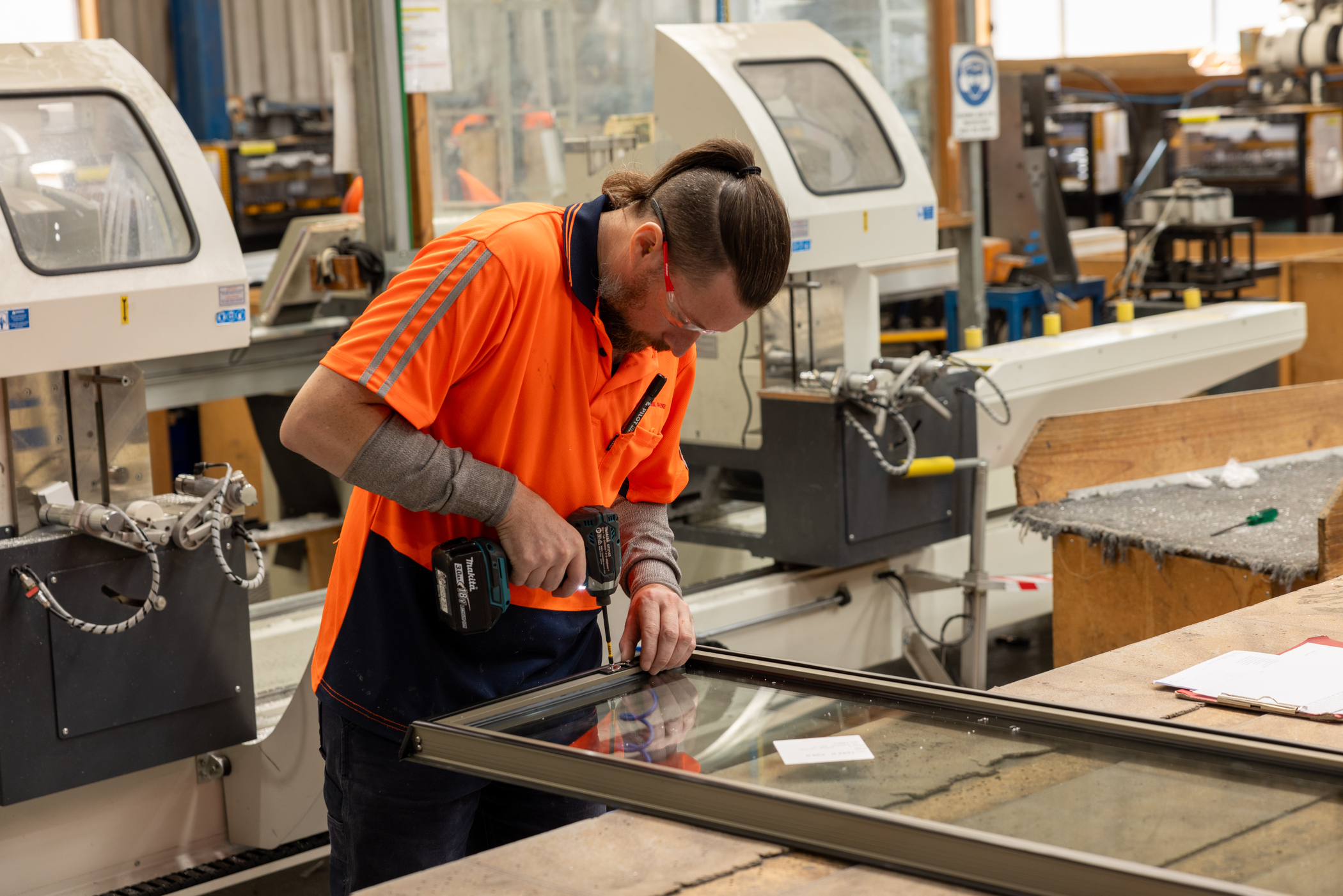
Looking at other related government incentives, what’s involved in the program around education and training for housing and construction?
There were announcements in the recent federal budget of new programs to boost labour development for the housing and construction sectors.
This particular program provides support for apprentices and is intended to grow the construction workforce.
There are $5,000 support payments for apprentices in priority occupations, through to 1 July 2025.
Employers of these apprentices will receive a $5,000 hiring incentive, up from $4,000 previously.
The Government also announced an $88.8 million investment for 20,000 new fee-free TAFE places including pre-apprenticeships in courses relevant to the construction sector, as well as programs to assist in the streamlining of skilled migrant skills assessment for applicants from comparable countries, also for the housing construction industry.
When considered also with the other announced infrastructure spend, these various programs all point to continued underlying demand from a capital equipment investment perspective.
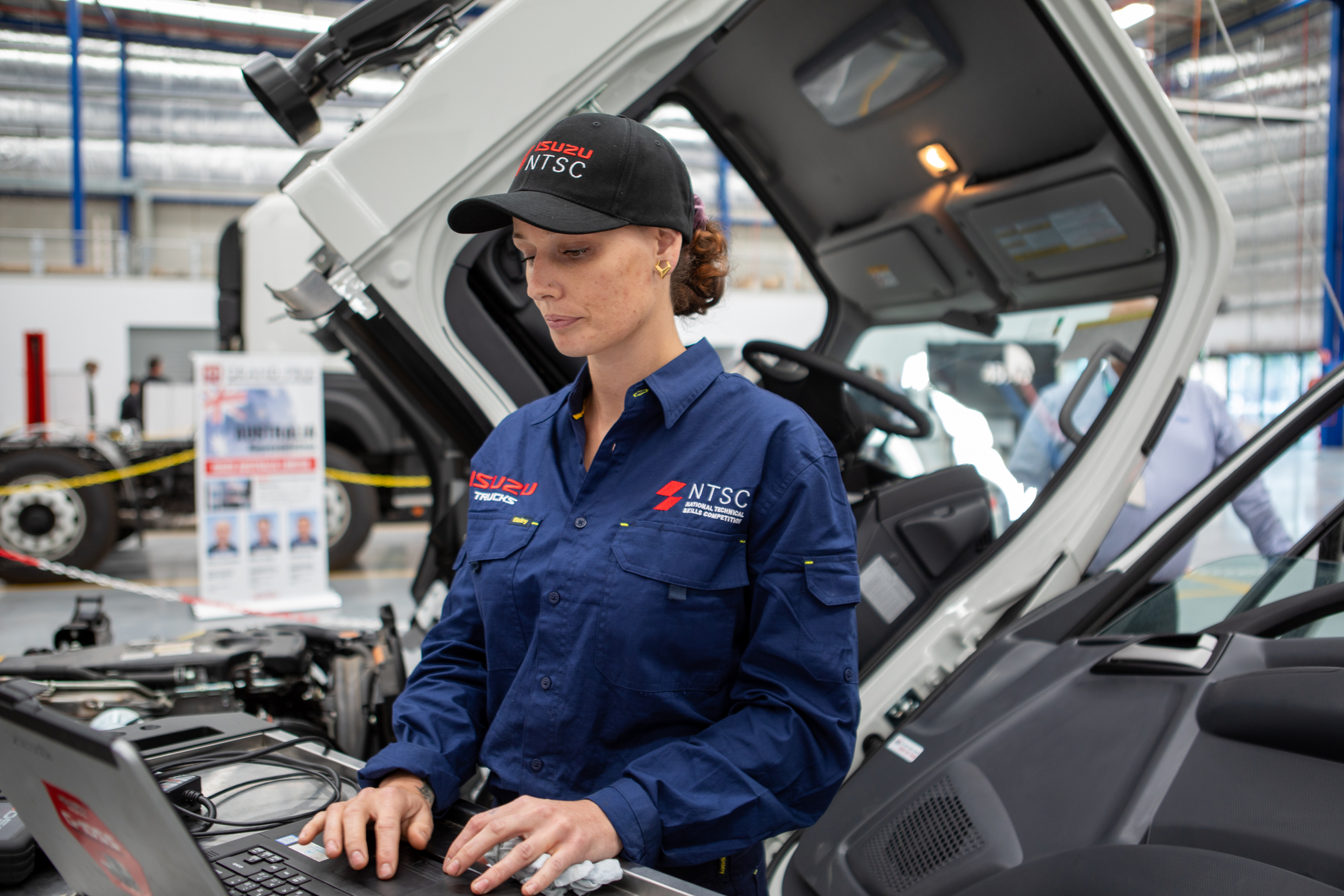
What about apprentices and attracting new entrants to the industry?
A significant element of the recent budget was the Future Made in Australia program, which includes the expanded New Energy Apprenticeships Program.
This covers new workers in the clean energy sector, including in construction and advanced manufacturing, and includes a $10,000 incentive payment.
The target is to attract another 10,000 new energy apprentices, and this is relevant to the transport sector as well.
There was another $30 million to fast-track Vocational Education and Training (VET) teaching workforce development for clean energy courses and $50 million to upgrade and expand clean energy training facilities.
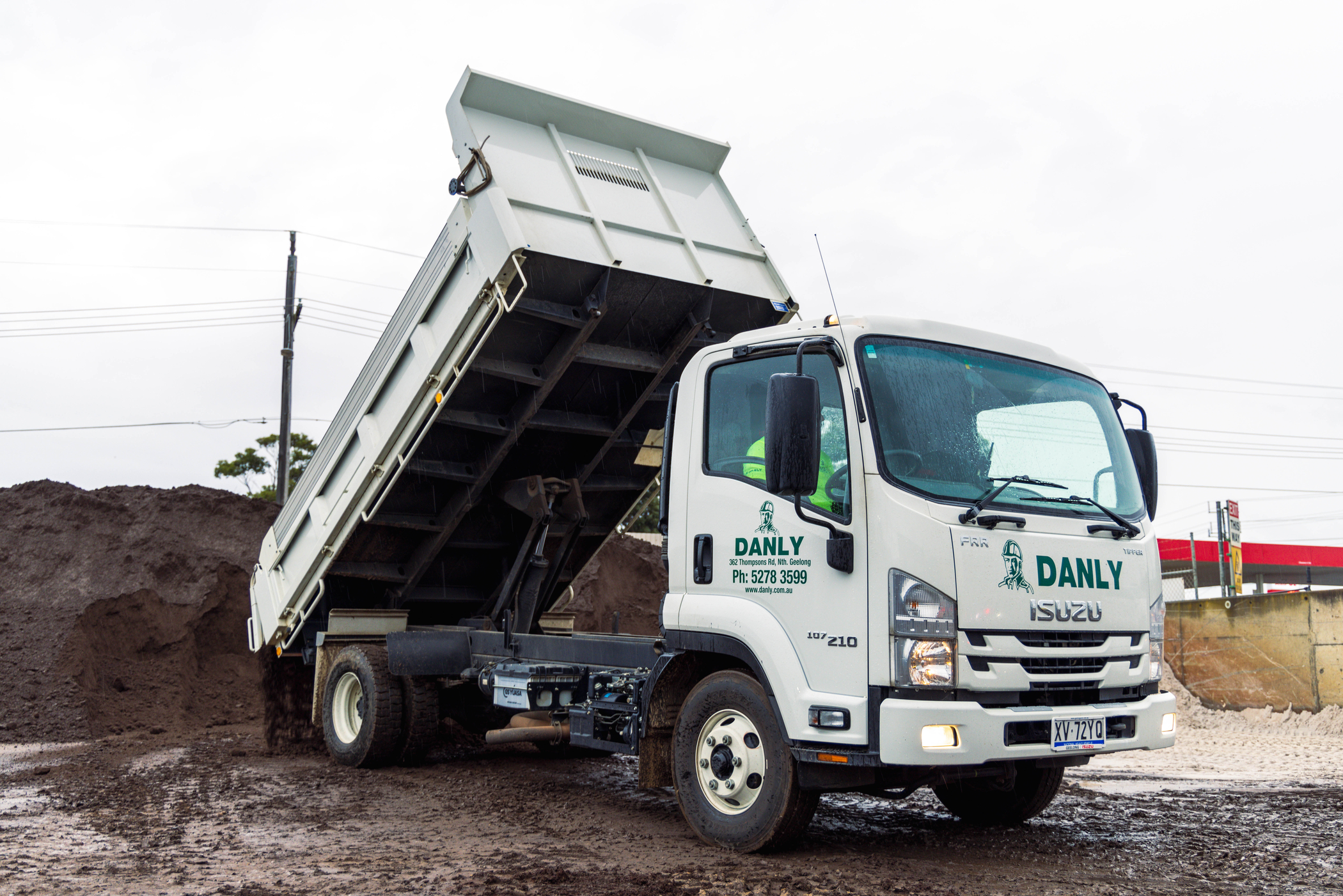
Is there any final general advice that you can offer small businesses in the lead up to the end of the financial year.
There’s no time more critical than the end of the financial year, to ensure that you have good business administration, bookkeeping and tax advice. The ATO has actually recently received increased funding for business audits, meaning even greater scrutiny of business returns and claims.
That said, there’s no issue as long as all accounts and expenditure meet the stipulated guidelines and as mentioned before, these programs are designed to encourage business investment and have positive intended outcomes for industry.

Last word
Successful business operation is always about balance, particularly in more demanding economic and industry conditions.
A keen eye on the fundamentals, well-measured investment and using the available programs and support mechanisms can all contribute the creating the best operating conditions for your business.
You can find support resources on the ATO website.


The all-new Isuzu truck range is about to arrive.
Register your interest and we'll keep you in the loop with the latest updates.
Learn More

